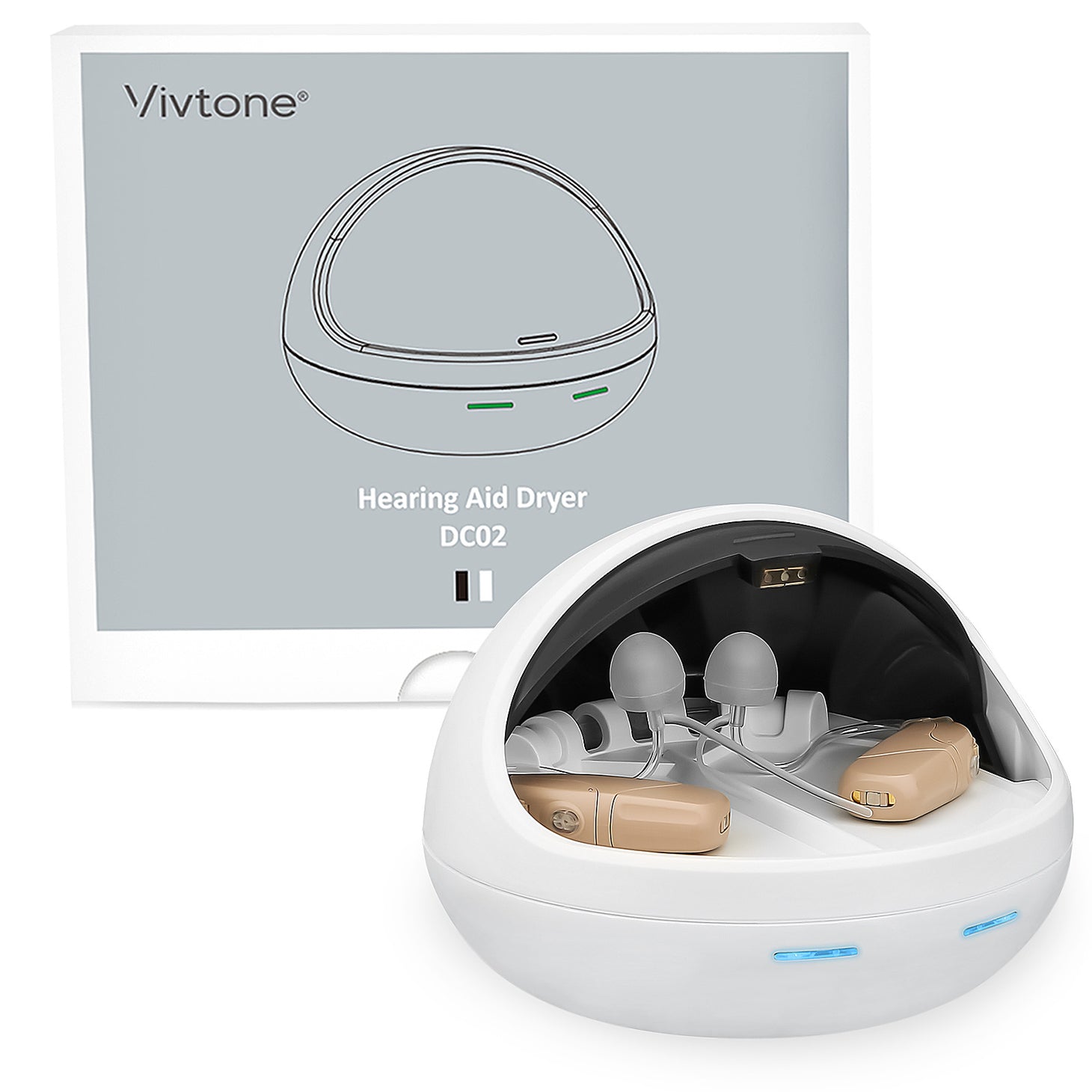When it comes to selecting the perfect hearing aid, understanding the differences between Behind-the-Ear (BTE) and In-the-Ear (ITE) styles is crucial. These two options offer distinct advantages and cater to different hearing needs. By demystifying BTE vs. ITE, you can make an informed decision that suits your unique requirements.

Understanding BTE Hearing Aids
BTE hearing aids are worn behind the ear and are connected to a custom earmold or a dome that fits inside the ear canal. They are known for their versatility and are suitable for individuals with mild to profound hearing loss. BTE devices consist of two main parts: the hearing aid itself, which houses the electronics, and the earmold or dome, which delivers sound to the ear.
One of the key advantages of BTE hearing aids is their ability to accommodate a wide range of hearing loss. They can amplify sound effectively, making them suitable for individuals with severe hearing loss. Additionally, BTE devices are often more durable and have a longer battery life compared to ITE styles.
Exploring ITE Hearing Aids
ITE hearing aids, on the other hand, are custom-made to fit directly into the ear canal. They are discreet and offer a more natural sound experience. ITE devices are divided into two categories: In-the-Ear (ITE) and Completely-in-the-Canal (CIC). ITE hearing aids are larger and fill the outer portion of the ear, while CIC devices are smaller and fit deeper into the ear canal.
ITE hearing aids are suitable for individuals with mild to moderate hearing loss. They are easy to handle and adjust, making them a popular choice for first-time hearing aid users. ITE devices also offer features such as volume control and directional microphones, enhancing the listening experience in various environments.
Factors to Consider
When choosing between BTE and ITE hearing aids, several factors should be taken into account:
Lifestyle and Cosmetic Preferences
Consider your daily activities and personal preferences. BTE hearing aids are more visible but offer better amplification, making them ideal for active individuals or those with severe hearing loss. ITE hearing aids, on the other hand, are discreet and blend seamlessly with the ear, appealing to those who prioritize aesthetics.
Hearing Loss Severity
The degree of your hearing loss plays a significant role in determining the right hearing aid style. BTE devices are suitable for a wide range of hearing loss, including severe and profound, while ITE devices are typically recommended for mild to moderate hearing loss.
Ear Anatomy and Comfort
Consider the shape and size of your ear canal. BTE hearing aids may be more comfortable for individuals with larger ear canals, while ITE devices provide a snug fit for those with smaller canals. It's essential to choose a style that offers a comfortable and secure fit to ensure optimal performance.
Additional Features
Both BTE and ITE hearing aids offer various features to enhance your listening experience. Consider features such as telecoil, wireless connectivity, and noise reduction capabilities when making your decision. These additional features can significantly improve your ability to communicate and enjoy different environments.
By considering these factors and understanding the differences between BTE and ITE hearing aids, you can make an informed decision that meets your specific needs and preferences.
Conclusion
Demystifying BTE vs. ITE: Choosing the Right Hearing Aid Style for You is essential in ensuring you select the most suitable device for your hearing needs. By understanding the advantages and considerations associated with BTE and ITE hearing aids, you can make an informed decision that enhances your hearing experience.
Remember to consult with a hearing healthcare professional who can guide you through the selection process and provide personalized recommendations based on your unique needs.
References:
1. American Speech-Language-Hearing Association








